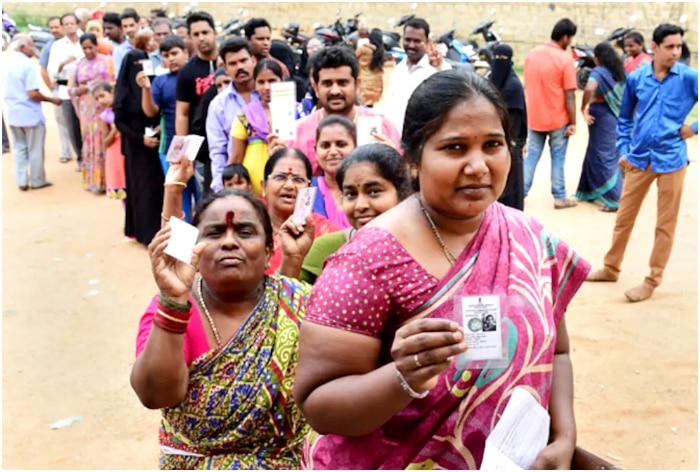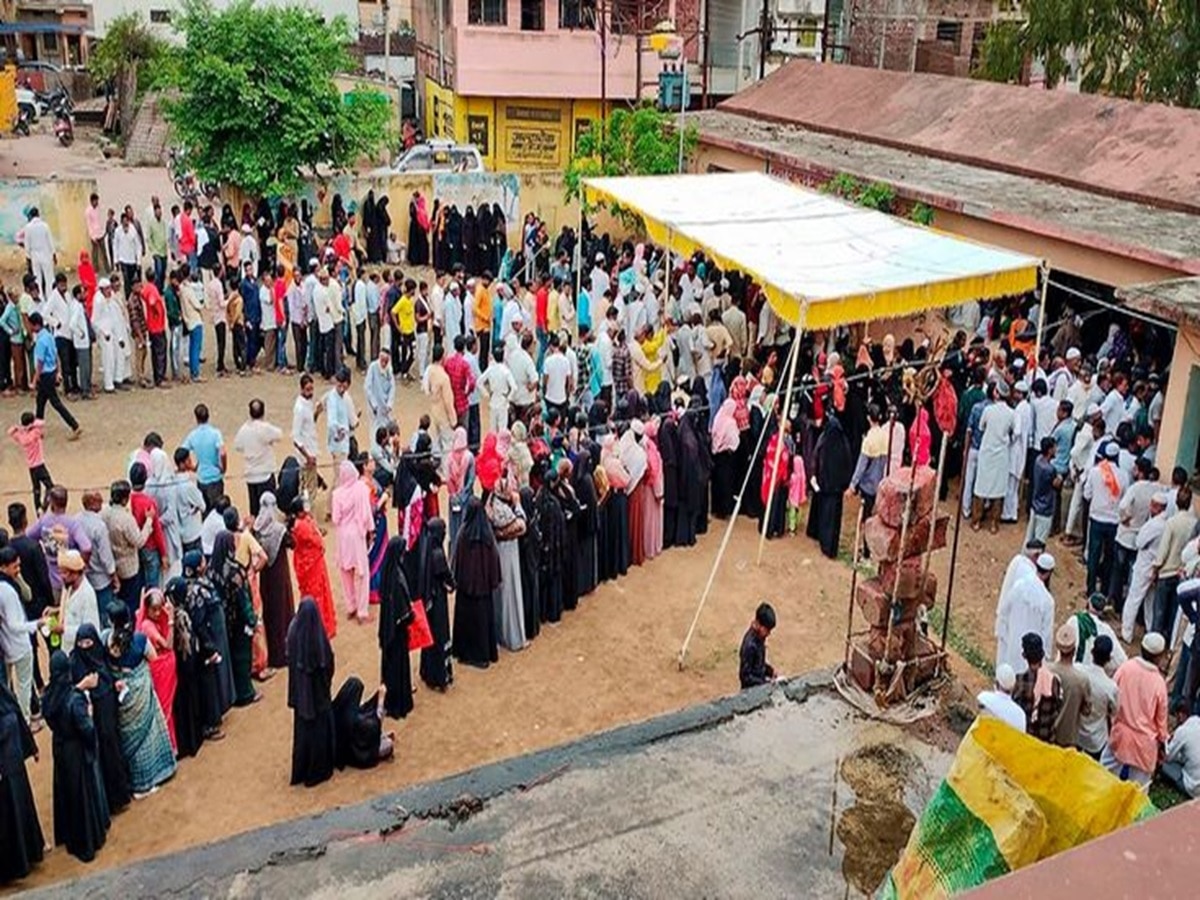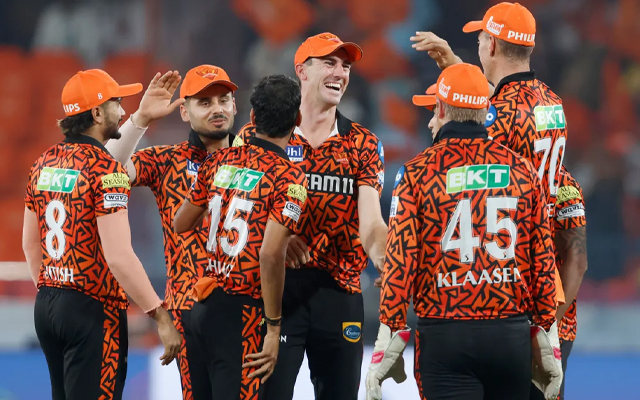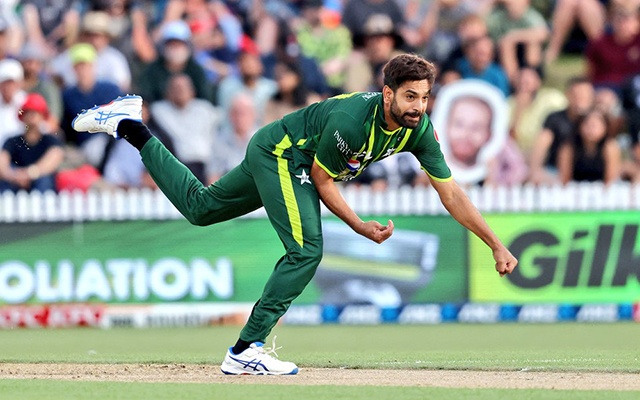Home NewsSetback For Haryana BJP: 3 Independent MLAs Withdraw Support to Nayab Saini Government The three MLAs -- Sombir...
Home EducationNEET UG 2024: No Paper Was Leaked But Cases Of ‘Malpractice And Impersonation’ Took Place, Admits NTA As s...
Home EntertainmentAnupamaa Latest Update: Anu Takes Over Spice and Chutney Restaurant; Anuj Kapadia Figures Out The Deme...
Home EducationCBSE Board 10th, 12th Results 2024 Updates: CBSE Exam Results On THIS Date at cbse.gov.in, Access Student...
Home SportsRohit Sharma’s HEARTWARMING Gesture Towards Hardik Pandya During MI vs SRH IPL 2024 Match Goes VIRAL | WATCH...
Home BusinessVande Bharat Sleeper Trains To Replace Rajdhani Express? Here’s What Reports Say The Vande Bharat sleeper t...
Home West BengalRain Brings Much Needed Relief From Heat In Kolkata, Neighbouring Districts: WATCH VIDEO Light to modera...
Home SportsHardik Pandya Gives Rohit Sharma Sigh Of Relief With Clinical Bowling Show Ahead Of T20 World Cup 2024 Hardik...
Home NewsRahul Gandhi Plotting To Overturn Ram Mandir Verdict Via ‘Superpower Commission’: Acharya Pramod’s EXPLOSIVE Cl...
National News
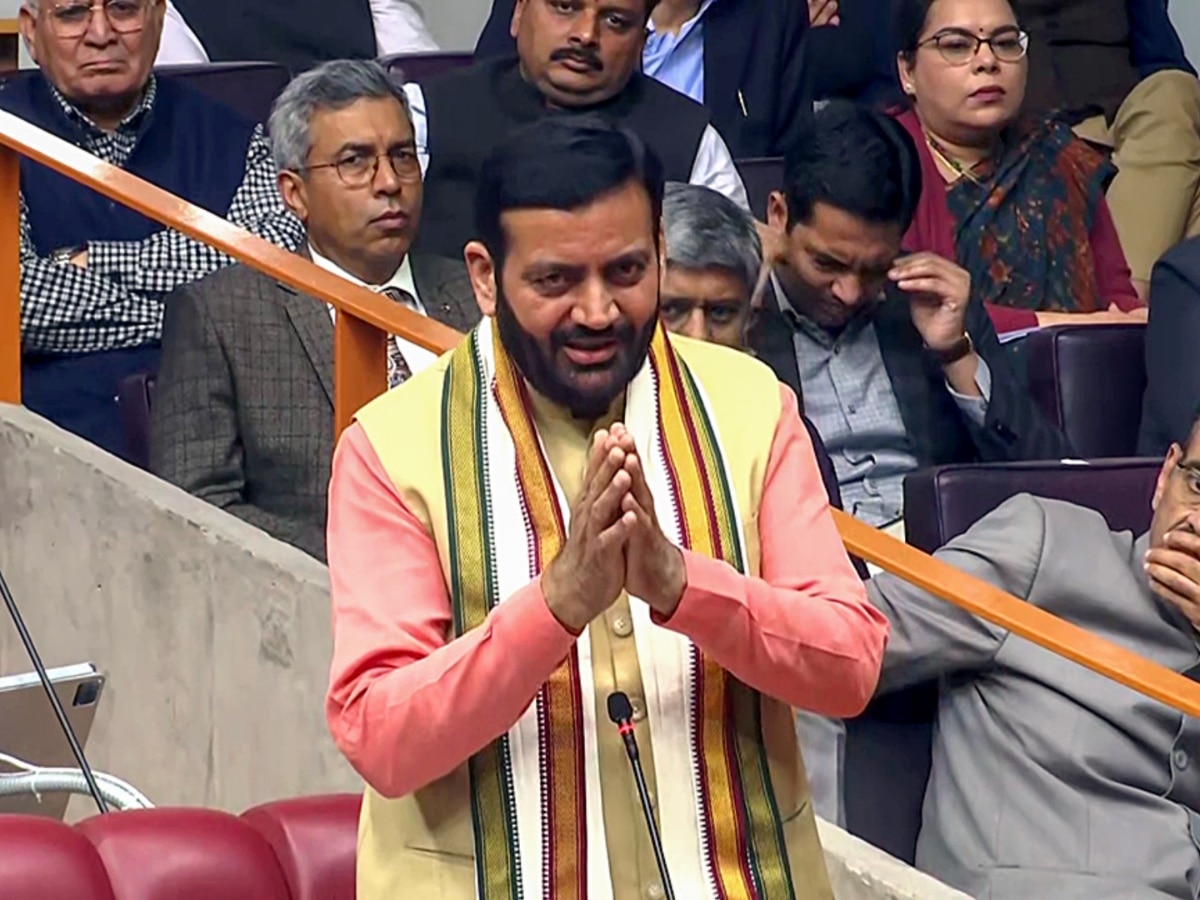

NEET UG 2024: No Paper Was Leaked But Cases Of ‘Malpractice And Impersonation’ Took Place, Admits NTA
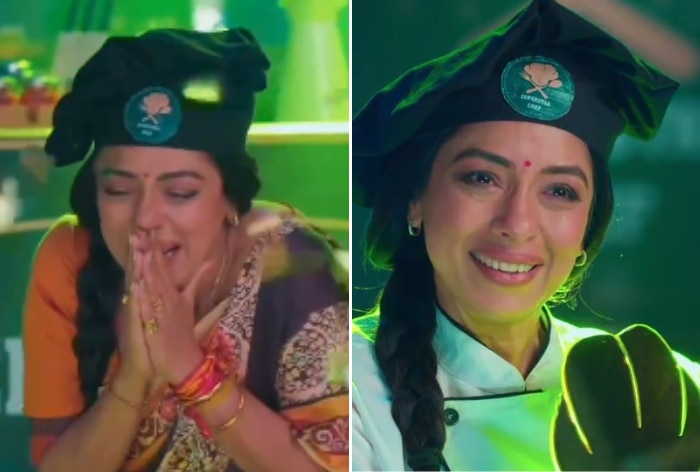
Anupamaa Latest Update: Anu Takes Over Spice and Chutney Restaurant; Anuj Kapadia Figures Out The Demeaning Act of Aadhya
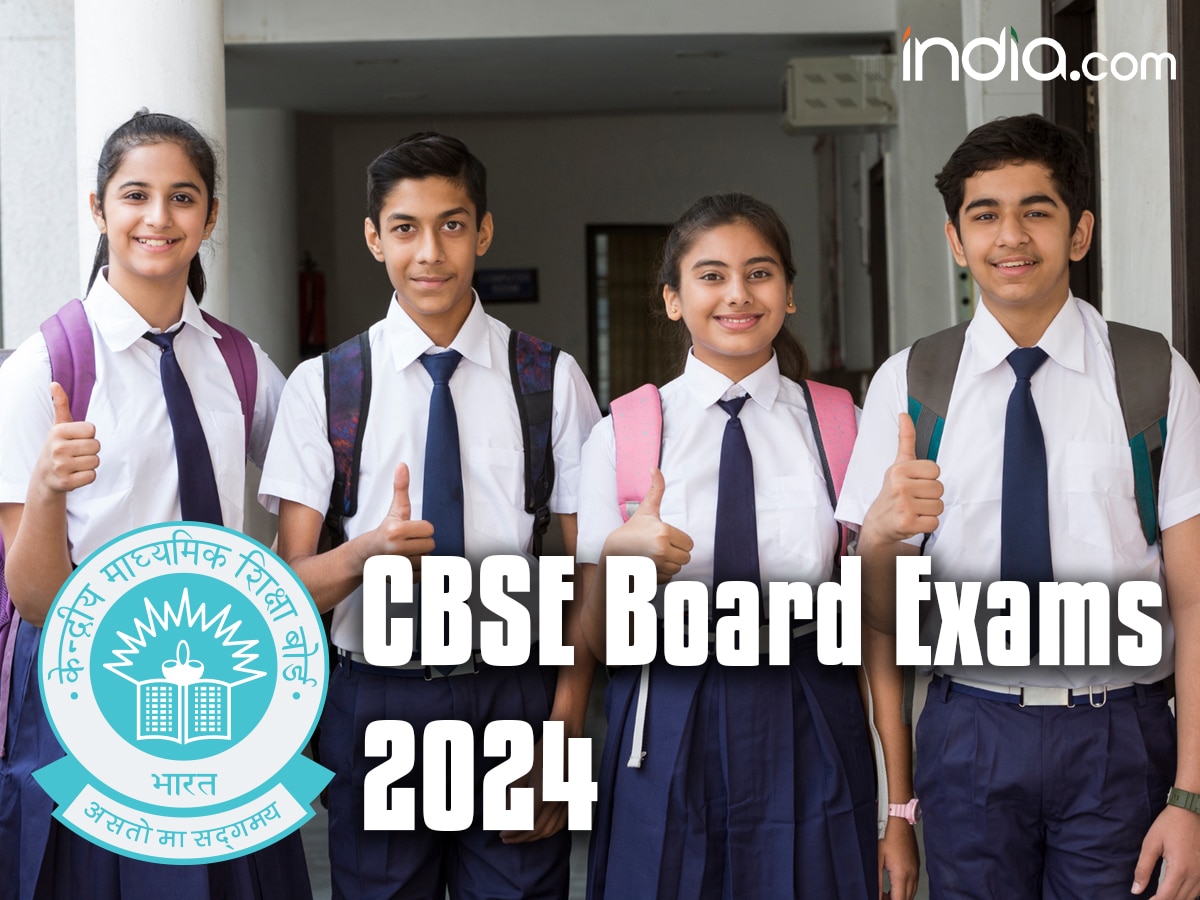
CBSE Board 10th, 12th Results 2024 Updates: CBSE Exam Results On THIS Date at cbse.gov.in, Access Student DigiLocker Account Here
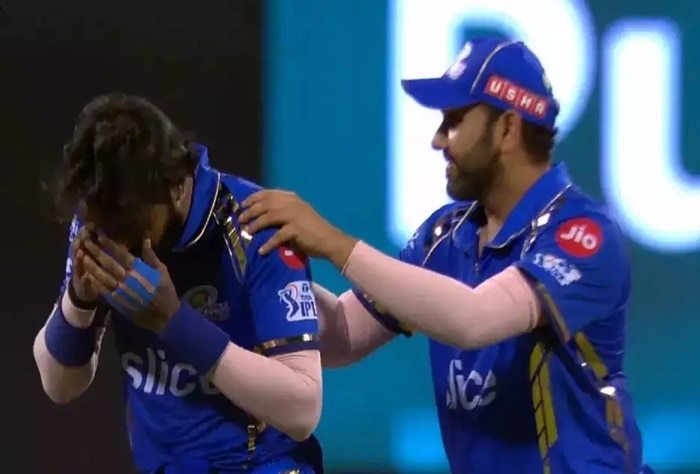
WATCH | Rohit Sharma’s HEARTWARMING Gesture Towards Hardik Pandya is GOLD!

Vande Bharat Sleeper Trains To Replace Rajdhani Express? Here’s What Reports Say
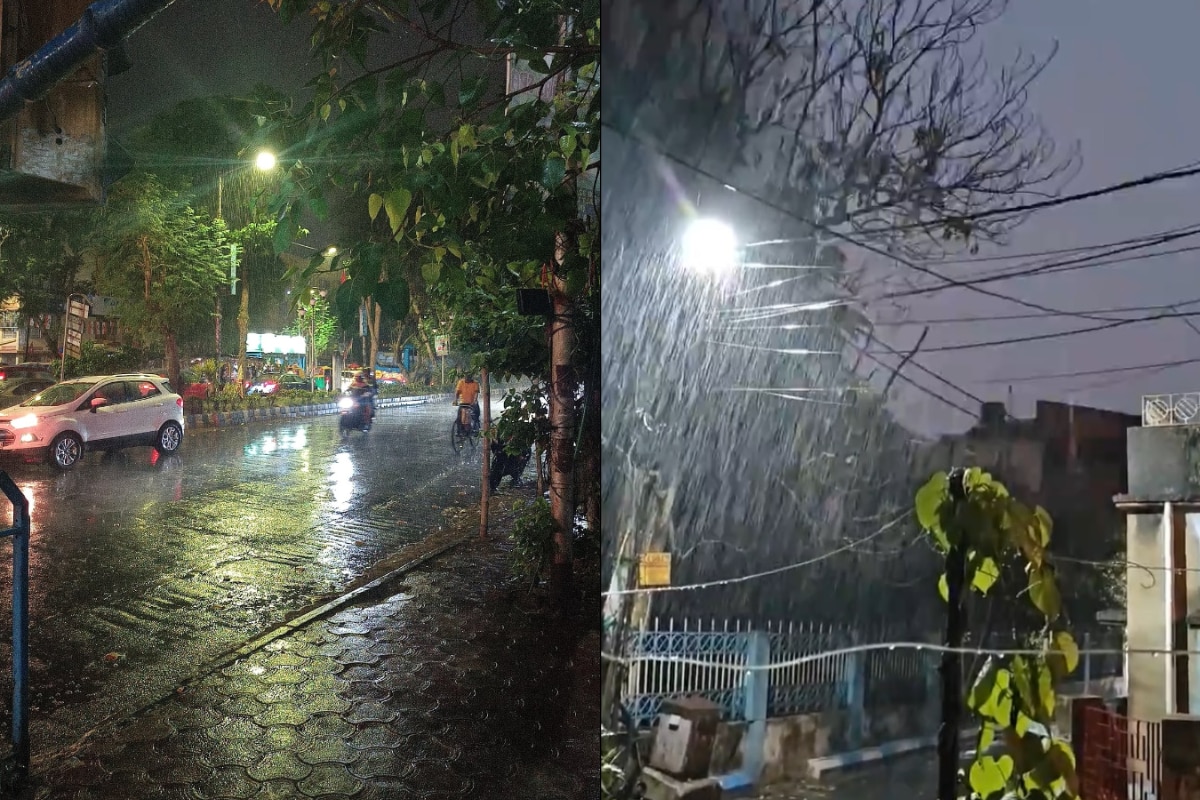
Rain Brings Much Needed Relief From Heat In Kolkata: WATCH VIDEO
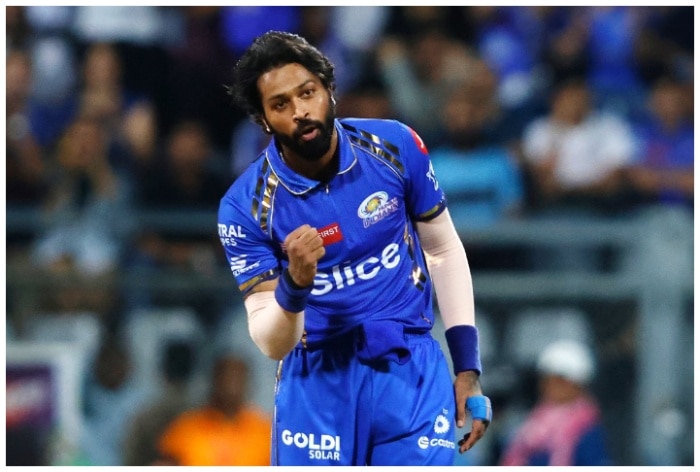
Hardik Pandya Gives Rohit Sharma Sigh Of Relief With Clinical Bowling Show Ahead Of T20 World Cup 2024
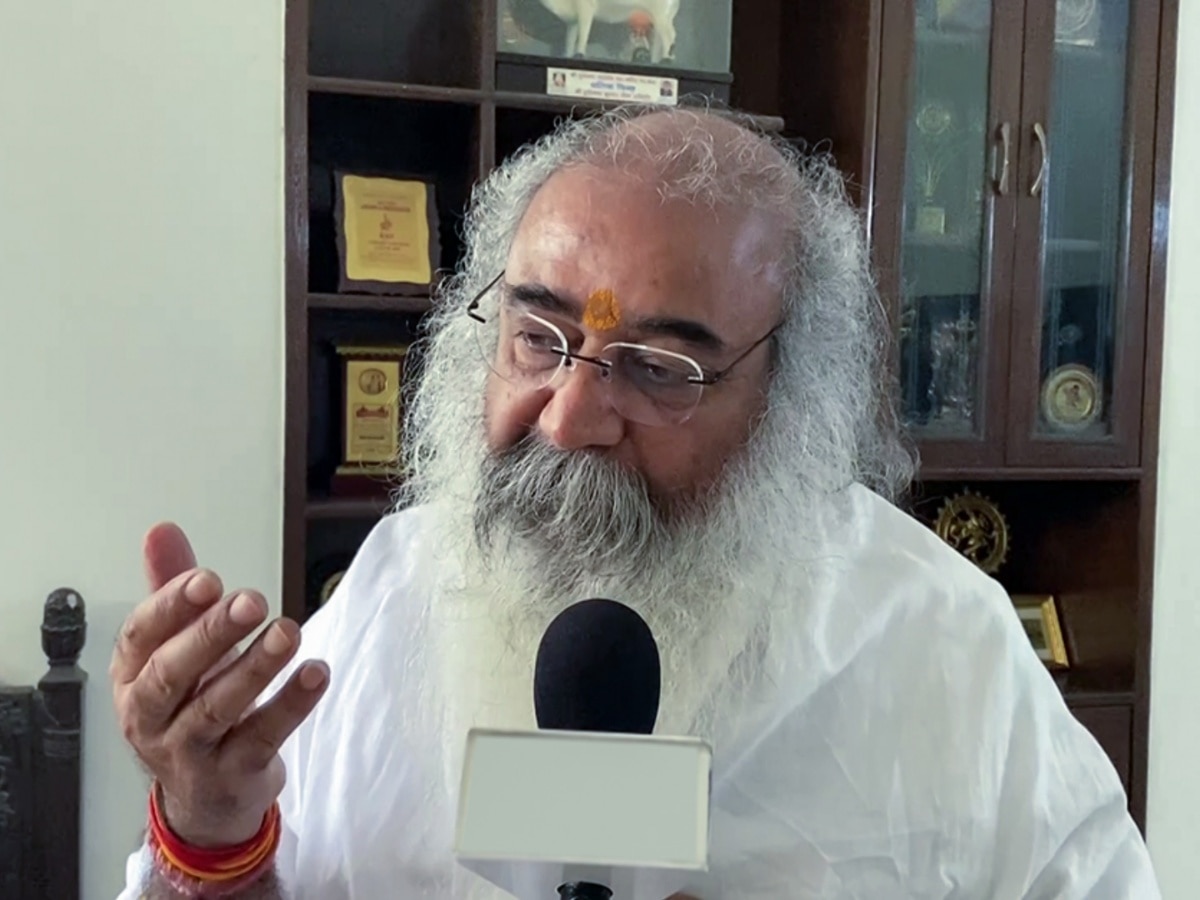
Rahul Gandhi Plotting To Overturn Ram Mandir Verdict Via ‘Superpower Commission’: Acharya Pramod’s EXPLOSIVE Claim
Uttarakhand News
-
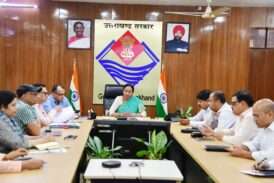
मुख्य सचिव ने वनाग्नि को नियंत्रित किए जाने के सम्बन्ध में दिए गए निर्देशों कि क्रियान्वयन बैठक ली
Chief Secretary took a meeting to implement the instructions given regarding controlling forest fire.
-

मुख्य निर्वाचन अधिकारी उत्तरारखण्ड ने उत्तरकाशी जिले में स्ट्रॉंग रूम एवं मतगणना केन्द्र का निरीक्षण किया
Chief Electoral Officer Uttarakhand inspected the strong room and counting center in Uttarkashi district.
-

उत्तराखंड में हीट वेव का अलर्ट, स्वास्थ्य विभाग ने जारी की एडवाइजरी
Heat wave alert in Uttarakhand, health department issued advisory
-
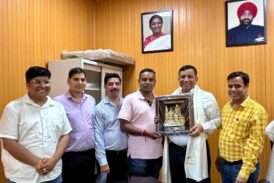
उत्तराखंड की विशेषताओं और संभावनाओं को राष्ट्रीय फलक पर रखने में सहयोगी बने पीआरएसआई: बंशीधर तिवारी
PRSI should become an ally in putting the characteristics and possibilities of Uttarakhand on the national platform: Ban...
-

पुलिस महानिदेशक, उत्तराखण्ड द्वारा चारधाम यात्रा-2024 को सकुशल सम्पन्न कराये जाने के निर्देश दिये
Director General of Police, Uttarakhand gave instructions to ensure safe completion of Chardham Yatra-2024.
-

फिक्की फ्लो उत्तराखंड चैप्टर ने स्वस्थ्य शिविर में 125 लोगों की मुफ्त जांच की गयी
FICCI FLO Uttarakhand Chapter conducted free screening of 125 people in the health camp.
-

he Aryan School announces the results of Class 10th and 12th Board Examinations
he Aryan School announces the results of Class 10th and 12th Board Examinations
-

जनपद हरिद्वार अंतर्गत अग्रिम आदेशों तक फसलों की पराली, गन्ने की पत्तियों आदि को जलाने पर पूर्णतः प्रतिबंध
Complete ban on burning of crop stubble, sugarcane leaves etc. in Haridwar district till further orders.
-
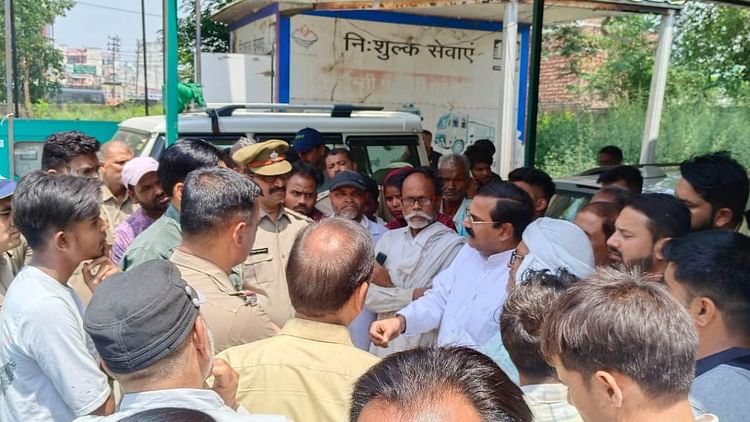
किसान को हाथी ने पटक पटककर मार डाला
रुड़की के बुग्गावाला क्षेत्र में खेत में रखवाली कर रहे एक किसान को हाथी ने पटक पटककर मार डाला। किसान की मौत से गुस्साए ग...
-
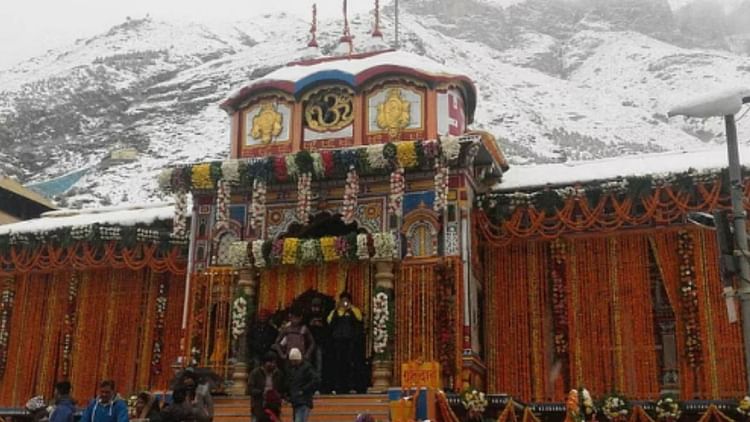
12 मई को धाम के कपाट खुलने के दिन बदरीनाथ बंद का आह्वान
चारधाम यात्रा में ऑनलाइन बुकिंग में तीर्थयात्रियों की संख्या सीमित करने के निर्णय का चारधाम होटल एसोसिएशन और बदरीनाथ होट...
-

जंगल में आग लगाने वालों पर कठोर दंडात्मक कार्रवाई के दिए निर्देश
Instructions given for strict punitive action against those who set fire in the forest
-

केदारनाथ हेली सेवा के लिए रद्द टिकटों से खाली हुई सीटों की बुकिंग के लिए आज खुलेगा पोर्टल
केदारनाथ हेली सेवा के लिए रद्द टिकटों से खाली हुई सीटों की बुकिंग के लिए सोमवार को आईआरसीटीसी पोर्टल खुलेगा। इससे हेलिकॉ...
World News
-

Contractor SSCL runs MoD system hacked by China, Labour MP John Healey claims
A company has been named in parliament as the contractor running the Ministry of Defence's payroll that was hacked by Ch...
-

China calls accusations it hacked MoD ‘completely fabricated and malicious slanders’
China has called accusations it hacked the Ministry of Defence "completely fabricated and malicious slanders".Sky News r...
-

Political party in Germany ‘calls for kebabs to be subsidised’
Should the government subsidise kebabs?That's the question in Germany at the moment amid fears the price of the dish cou...
-

Miss USA Noelia Voigt resigns to ‘prioritise mental health’
The current Miss USA has said she is relinquishing her title to prioritise her mental health.Noelia Voigt, 24, won the b...
-
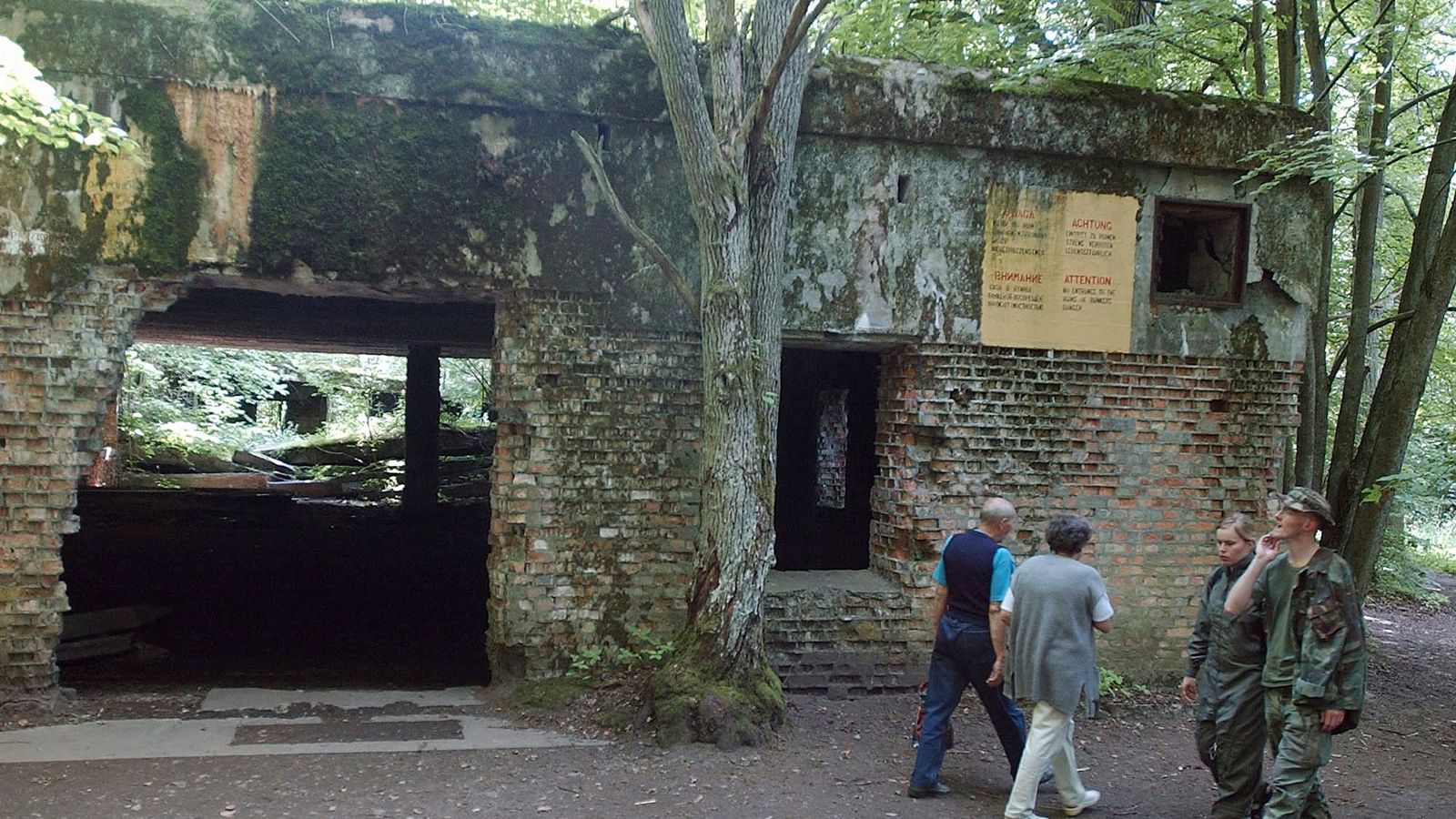
Mystery remains around skeletons found at Hitler base
The mystery surrounding human skeletons found at a site in Poland where Adolf Hitler and other Nazi leaders used to gath...
-

South Africa: At least three dead and dozens more trapped after multi-storey building under construction collapses
At least three people have died and dozens more are believed to be trapped under rubble after a building under construct...
-

Woman pleads not guilty to murdering three people with toxic mushrooms in beef Wellington lunch
A woman has pleaded not guilty to the murder of three people who died after allegedly consuming a lunch she prepared whi...
-

Israel rejects ceasefire proposal and presses ahead with ‘targeted strikes’ on Rafah
Israel has rejected a ceasefire proposal accepted by Hamas and announced it is pushing ahead with an assault on the town...
-
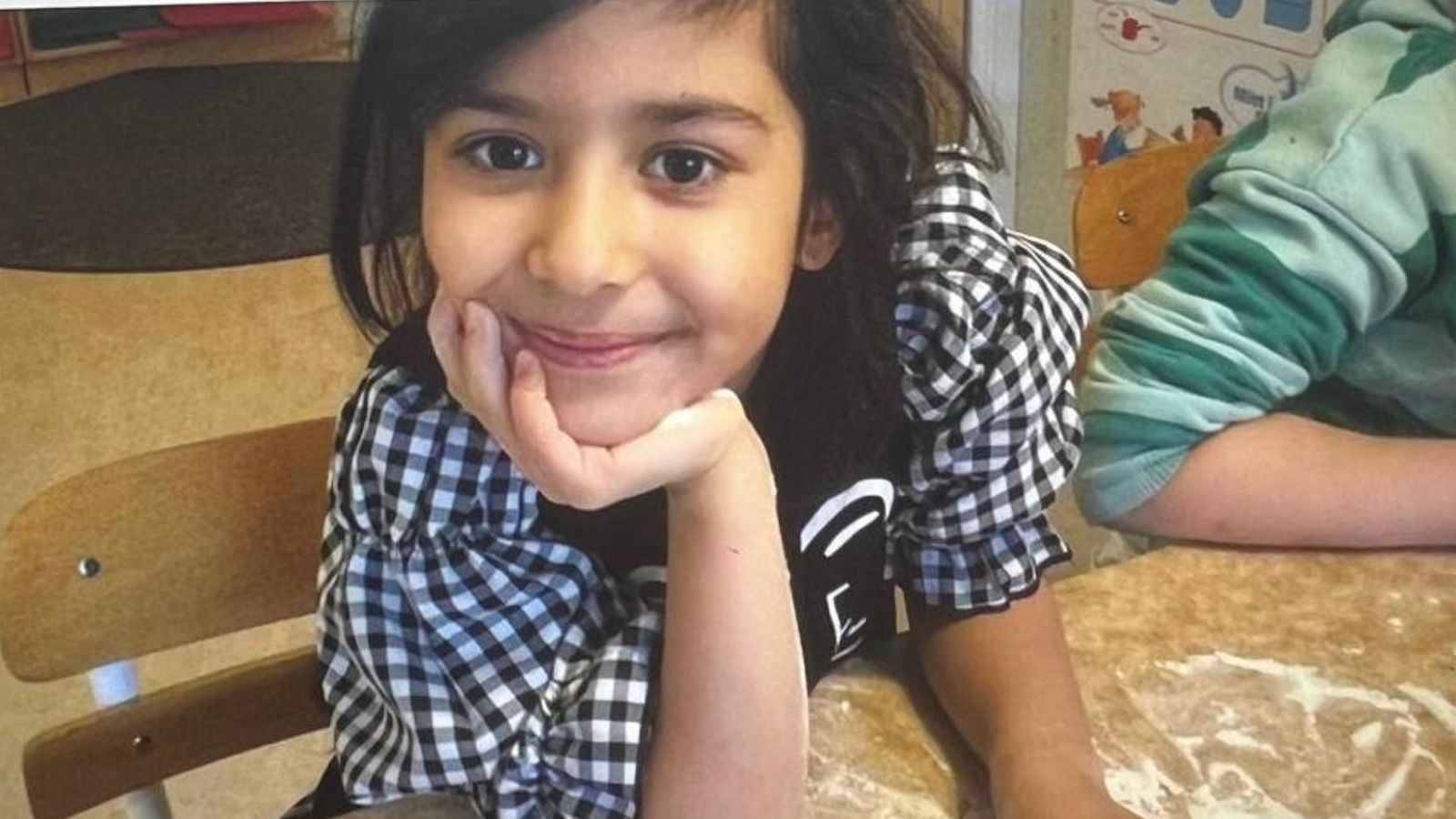
‘I wanted her to have a future’: Dad’s grief as he buries daughter, 7, crushed to death on overcrowded migrant boat
There are times when a person is so gripped with helpless despair that they are lost within themselves. Ahmed Alhashimi,...
-

US soldier detained in Russia, officials say
A US soldier was detained in Russia over the weekend while on a private trip, according to officials.The soldier, who ha...
-
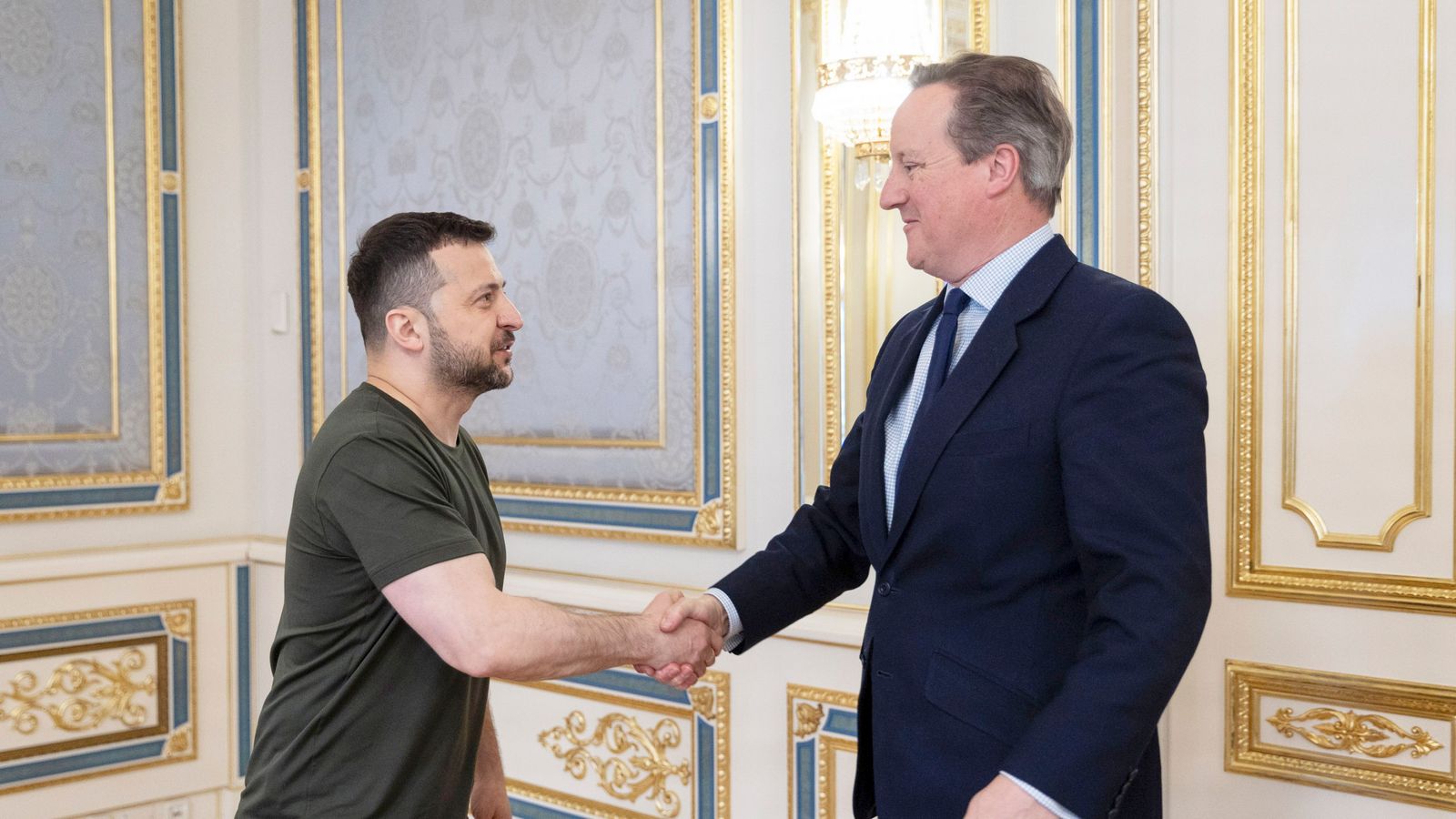
Russia summons UK ambassador after Lord Cameron says Ukraine ‘has right’ to strike inside Russia with UK weapons
Russia has warned that Ukrainian strikes on its territory with UK-supplied weapons could bring retaliatory attacks again...
-
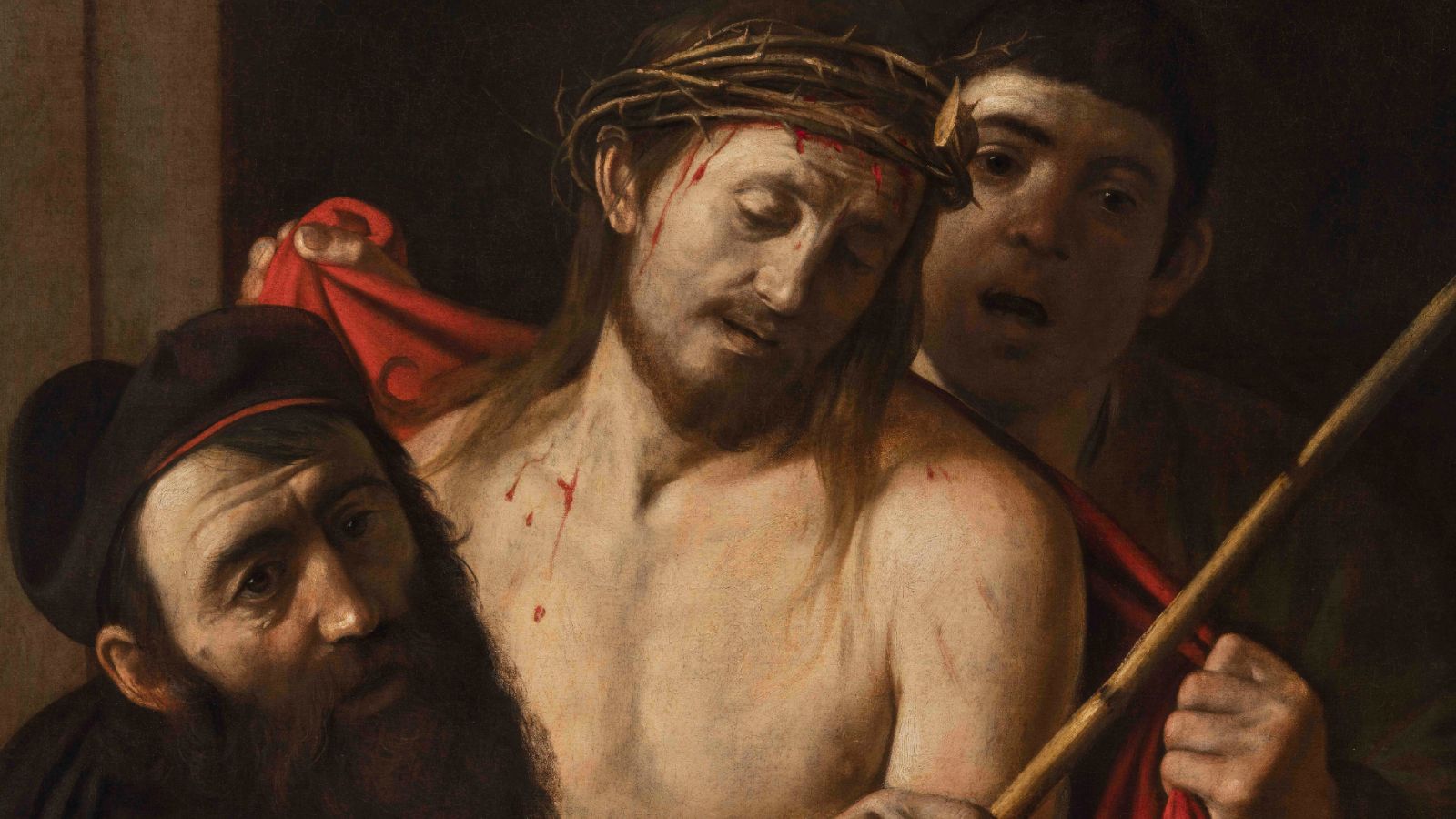
Ecce Homo: Painting once up for auction for €1,500 confirmed as rare Caravaggio work
A painting that had been up for auction for just €1,500 (£1,285) has been confirmed as a lost work of Italian master Mic...
Sports News
-

MLC, The Hundred overlap creates headache as committed players try to converge
The second season of Major League Cricket (MLC) is scheduled to start on July 5. However, this year it will clash with t...
-
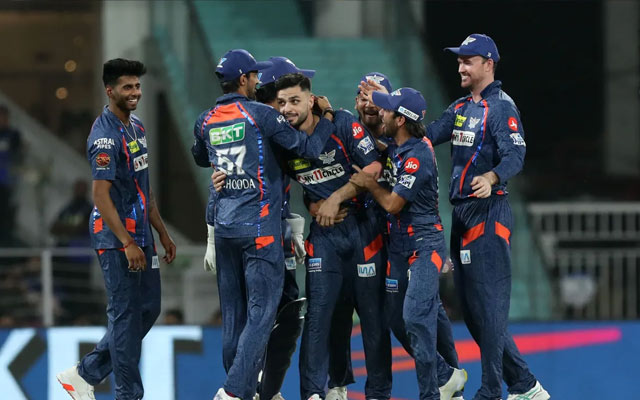
Hyderabad vs Lucknow, Match 57: HYD vs LKN MPL Opinio Today’s Prediction – Who will win? – CricTracker
PreviewHyderabad (HYD) will face Lucknow (LKN) in the 57th match of the Indian T20 League 2024 on Wednesday (May 8) at t...
-
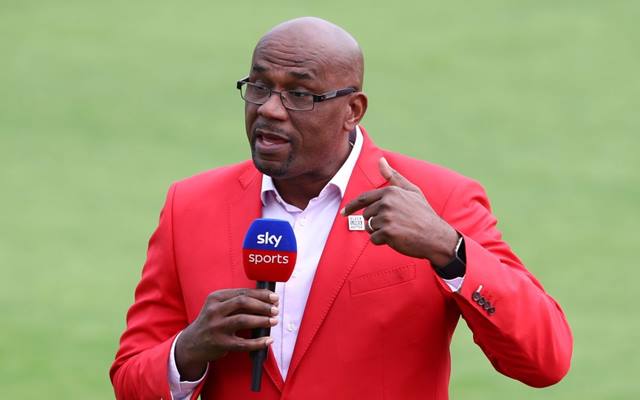
‘Praise Gautam Gambhir for win, blame Shreyas Iyer if they lose’ – Ian Bishop calls out double standards
Legendary commentator Ian Bishop lambasted double standards in the Indian Premier League (IPL) 2024 after some fans deci...
-

‘Not in this position to feel like I’ve earned that yet’ – Jake Fraser-McGurk on missing out on T20 World Cup squad
Young Australian batter Jake Fraser-McGurk has lit the stage on fire in the ongoing season of the IPL (Indian Premier Le...
-
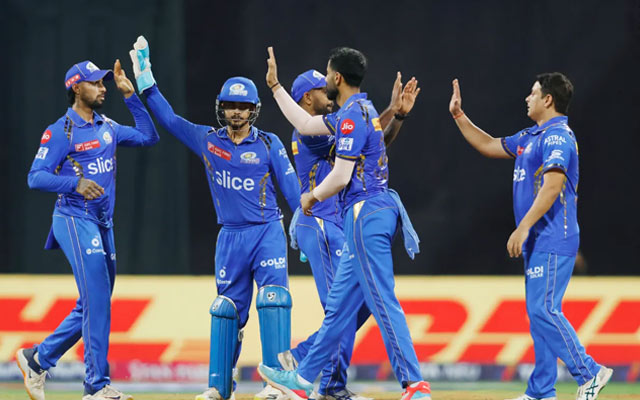
IPL 2024: MI vs SRH Today’s Match Highlights: Unmissable video recap, turning points, match analysis, stats, and more
The encounter played out at the Wankhede Stadium wasn't a run-fest of sorts, like how we'd witnessed at the Rajiv Gandhi...
-
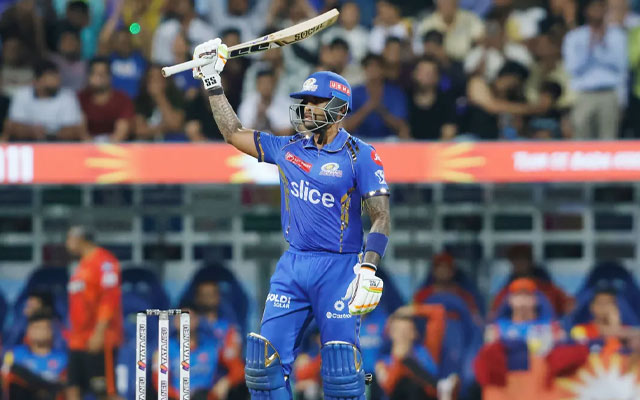
IPL 2024: Match 55, Stats Review: Most centuries for Mumbai Indians and other stats from MI vs SRH – CricTracker
While it only moved them from no. 10 to no. 9 on the points table, Mumbai Indians still stomped over SRH at the Wankhede...
-
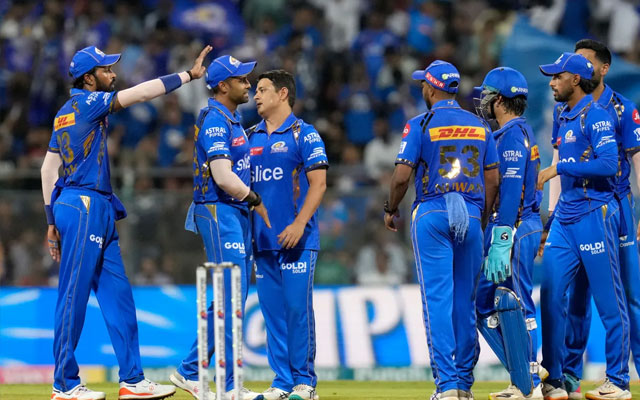
MI vs SRH: 3 Positive signs for Team India ahead of 2024 T20 World Cup
In a high-pressure clash between Mumbai Indians and Sunrisers Hyderabad, Mumbai Indians emerged victorious, clinching a...
-
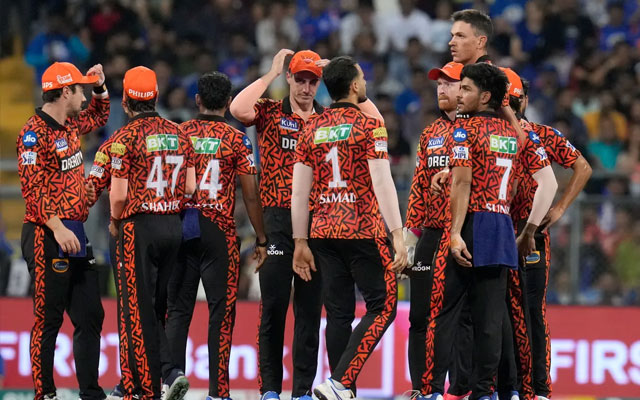
IPL 2024: 3 Changes SRH should make to get back to winning ways
Mumbai Indians (MI) are back on the winning track with a seven-wicket win over dominant Sunrisers Hyderabad (SRH). But w...
-

IPL 2024: Funniest Memes from MI vs SRH, Match 55
The 55th match of the IPL 2024 season took place at the iconic Wankhede Stadium in Mumbai on May 6, 2024, featuring a th...
Trending Business News
-

Hero MotoCorp Q4 Results Preview: Net profit to grow by one-fifth, margin may expand by 100 bps
Hero MotoCorp Q4 FY24 Results Preview: Hero MotoCorp is all set to report its financial results for the quarter as well...
-

United Breweries dividend: Beer maker UBL declares Rs 10 dividend alongwith Q4 results
The board of directors of beer-making company United Breweries Ltd (UBL) on Tuesday, May 7, proposed a final dividend of...
-

Dixon Technologies’ unit partners Nokia to manufacture telecom products
Homegrown Dixon Technologies' subsidiary on Monday entered into an agreement with global telecommunications company Noki...
-

Dr Reddy’s Q4 Results: Net profit grows by one-third but misses analyst estimates; drug maker declares dividend
Dr Reddy's Q4 Results: Hyderabad-headquartered pharmaceutical company Dr Reddy's Laboratories (DRREDDY) on Tuesday repor...
-

Data Patterns contributes Rs 29 lakh to Jayam Special School
Defence and aerospace electronics solution provider Data Patterns (India) Ltd has contributed Rs 29 lakh towards constru...
-

Godrej Consumer Products Q4 Results: Net loss at Rs 1,893 crore, revenue up almost 6%
Godrej Consumer Products Q4 Results: Mumbai-headquartered Godrej Consumer Products (GODREJCP) on Monday reported a conso...
-

Starbucks founder Schultz says company needs to refocus on coffee as sales struggle
Former Starbucks CEO and founder Howard Schultz says the company’s leaders should spend more time in stores and focus on...
-

KKR to acquire medical device firm Healthium From Apax Funds
Global investment firm KKR on Monday said it has acquired medical device firm Healthium Medtech from an affiliate of fun...
-

Kamdhenu Q4 profit grows 56% to Rs 17 crore; company raising Rs 100 crore
Steel maker Kamdhenu Ltd on Monday posted a 56 per cent rise in net profit to Rs 16.8 crore in the March quarter compare...
-

1000% Dividend: Godrej Consumer announces Rs 10 dividend alongwith Q4 results
The board of directors of Mumbai-based consumer products maker Godrej Consumer Products on Monday, May 6, recommended a...
-

Britannia expects double-digit volume growth after general election, monsoon: Varun Berry
Leading food products company Britannia Industries expects a "double-digit growth" in volumes post general elections and...
-

Superplum raises USD 15 million from investors to expand fresh fruits business
Agritech startup Superplum, which sells premium fresh fruits, on Monday said it has raised USD 15 million from investors...
Entertainment
-

लाल-जोड़े में सज-धज कर आरती सिंह ने ससुराल में बनाई पहली रसोई, तस्वीरें कीं शेयर – India TV Hindi
Image Source : X आरती सिंह ने ससुराल में बनाई पहली रसोई गोविंदा की भांजी आरती सिंह 25 अप्रैल को दीपक चौहान संग शादी के ब...
-

अनुपमा से लेकर कमोलिका तक, छोटे पर्दे के वो सितारे, जो बने फैशन ट्रेंडसेटर – India TV Hindi
Image Source : X अनुपमा और कमोलिका। छोटे पर्दे ने अक्सर भारी साड़ियों से लेकर मेकअप, बिंदी और पल्लू तक के मामले में भारत...
-

‘बदलाव चाहते हैं तो…’, लातूर में वोट डालने के बाद जेनेलिया ने जनता को दी हिदायत – India TV Hindi
Image Source : INSTAGRAM रितेश देशमुख और जेनेलिया डिसूजा। बॉलीवुड के सबसे पसंदीदा जोड़ों में से एक रितेश देशमुख और जेनेल...
-

‘ये तो मुझे सही…’, इतना स्ट्रेस देने के बाद भी मेट गाला 2024 में आलिया से हुई चूक – India TV Hindi
Image Source : INSTAGRAM आलिया भट्ट। बॉलीवुड की खूबसूरत हसीना आलिया भट्ट ने अपनी एक्टिंग से दुनियाभर में अलग पहचान बना ल...
-

1965 घंटों में बनी आलिया भट्ट की खास मेट गाला साड़ी, 163 कारीगरों ने मिलकर किया कमाल – India TV Hindi
Image Source : INSTAGRAM आलिया भट्ट। बॉलीवुड की ग्लैम गर्ल आलिया भट्ट ने एक बार फिर अपने मेट गाला 2024 लुक से दुनिया को...
-

मेट गाला में ईशा अंबानी लगीं बला की खूबसूरत, 10 हजार घंटे में बना गाउन – India TV Hindi
Image Source : INSTAGRAM ईशा अंबानी। बिजनेस वुमन और मुकेश-नीता अंबानी की बेटी ईशा अंबानी इस साल मेट गाला 2024 का हिस्सा...
-

‘तुम्हारा कोई हक…’ इब्राहिम अली खान के पोस्ट पर करीना का ये काॅमेंट हुआ वायरल – India TV Hindi
Image Source : X करीना का काॅमेंट वायरल बॉलीवुड एक्टर सैफ अली खान और एक्स वाइफ अमृता सिंह के बेटे इब्राहिम अली खान ने कु...
-

कौन-कौन से स्टार्स होंगे मेट गाला 2024 में शामिल, क्या होगी थीम? जानिए सारी जानकारी – India TV Hindi
Image Source : X जानिए कब-कहां शुरू होगा मेट गाला 2024 फैशन से जुड़ा सबसे बड़ा इवेंट मेट गाला 2024 (Met Gala 2024) आज या...
-

‘गुम है किसी के प्यार में’ सवी का ससुर करेगा तमाशा, जंग का मैदान बनेगी चाय की दुकान – India TV Hindi
Image Source : X गुम है किसी के प्यार में 'गुम है किसी के प्यार में' इन दिनों लगातार जबरदस्त और धमाकेदार ड्रामे देखने को...
Technology News
-

LG CineBeam Q compact projector unveiled – Check price, availability and other details
LG CineBeam Q compact projector: LG Electronics India on Tuesday announced the launch of the LG CineBeam Q (HU710PB) pro...
-

Truecaller’s net sales up 8% in India with over 234 million daily active users
Leading caller identification app Truecaller on Tuesday reported an 8 per cent increase in net sales in India in the fir...
-

Apple ‘Let Loose’ Event 2024: How to watch live streaming, other details
Apple Let Loose Event 2024 Live Streaming: Apple is all set to host its 'Let Loose' event after a hiatus of two years. A...
-

iQOO Z9x launch date in India confirmed: Check expected features
iQOO Z9x launch date in India: iQOO has officially confirmed the launch date of its next smartphone - iQOO Z9x - in Indi...
-

Apple’s iPhone 15 Pro Max best-selling smartphone in Q1 this year, says report
Apple's iPhone 15 Pro Max was the best-selling smartphone of the first quarter (Q1) of 2024, a new report showed on Mond...
-

Instagram adds new stickers for Stories: Users can add music, frames, reveal, cutouts stickers – All you need to know
Instagram Sticker for Stories: Meta-owned Instagram has introduced new stickers in Instagram Stories. According to the s...
-

India emerged as the most preferred market for tech giants: Apple CEO Tim Cook
India has become a key market for global tech giants, with a burgeoning developer base attracting significant attention....
-

IBM expands software availability to 92 countries in AWS Marketplace, including India
IBM has announced an expansion in the availability of its software portfolio, making it accessible in 92 countries throu...
-

Elon Musk’s X cracks down on deepfakes with improved image matching
Tesla and SpaceX CEO Elon Musk, on Saturday, said that a new update on "improved image matching" will defeat deepfakes a...
-

Indian Bike Driving 3D Cheat Codes May 2024 List
Indian Bikes Driving 3D is a popular Android game which is a spinoff of the GTA franchise. The game brings all the eleme...
-

Understanding Peer-to-Peer Crypto Trading: Benefits and Threats
When two individuals or entities decide to exchange any asset directly between each other, this process is referred to a...
-

AMD set to fuel growing demand for AI compute, says CTO
Chipmaker AMD is poised to power the surging demand for AI compute with its wide range of product portfolio, the company...
Know about online
-

LG CineBeam Q compact projector unveiled – Check price, availability and other details
LG CineBeam Q compact projector: LG Electronics India on Tuesday announced the launch of the LG CineBeam Q (HU710PB) pro...
-

Truecaller’s net sales up 8% in India with over 234 million daily active users
Leading caller identification app Truecaller on Tuesday reported an 8 per cent increase in net sales in India in the fir...
-

Apple ‘Let Loose’ Event 2024: How to watch live streaming, other details
Apple Let Loose Event 2024 Live Streaming: Apple is all set to host its 'Let Loose' event after a hiatus of two years. A...
-

iQOO Z9x launch date in India confirmed: Check expected features
iQOO Z9x launch date in India: iQOO has officially confirmed the launch date of its next smartphone - iQOO Z9x - in Indi...
-

Apple’s iPhone 15 Pro Max best-selling smartphone in Q1 this year, says report
Apple's iPhone 15 Pro Max was the best-selling smartphone of the first quarter (Q1) of 2024, a new report showed on Mond...
-

Instagram adds new stickers for Stories: Users can add music, frames, reveal, cutouts stickers – All you need to know
Instagram Sticker for Stories: Meta-owned Instagram has introduced new stickers in Instagram Stories. According to the s...


